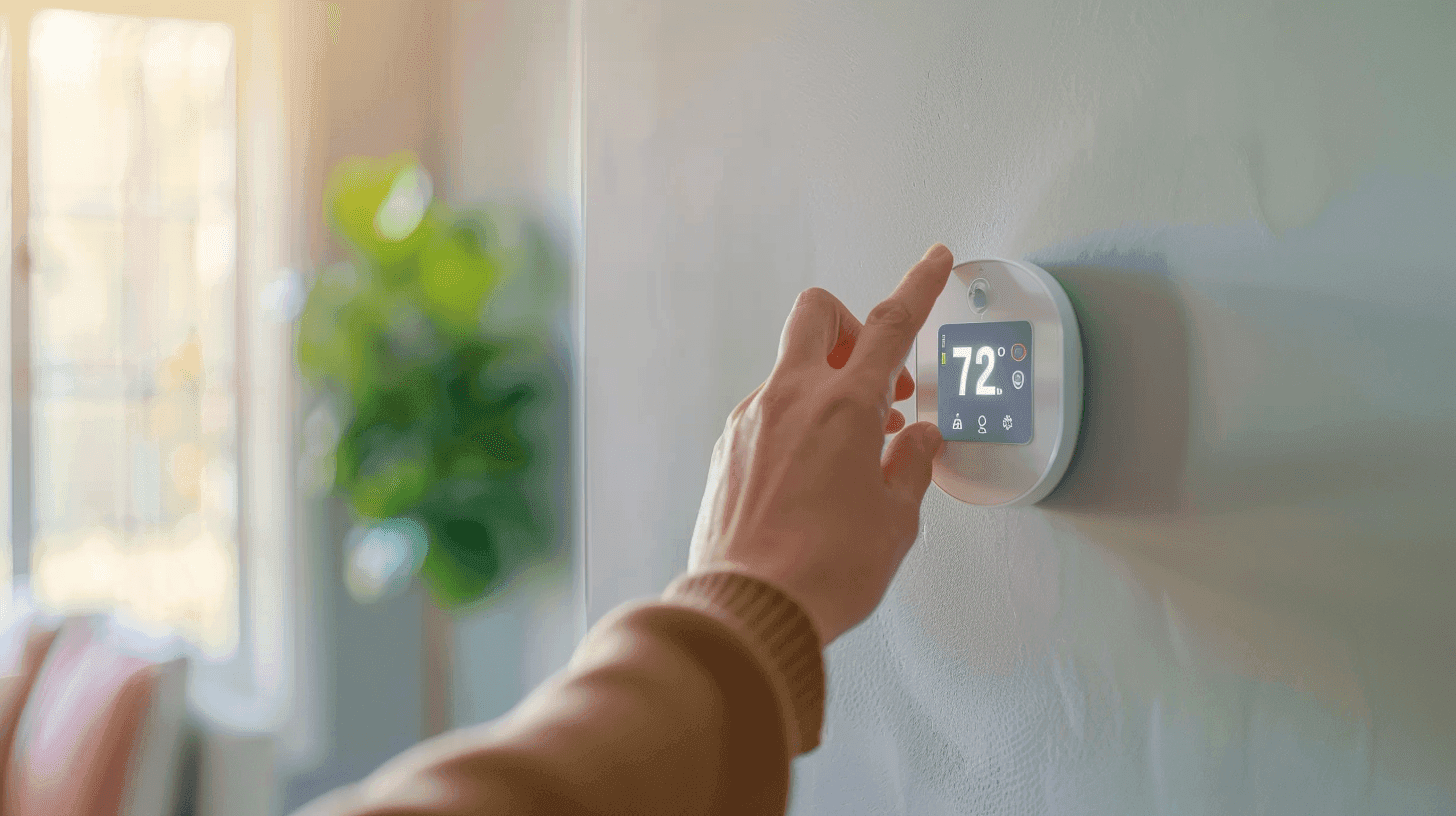Do Smart Thermostats Save Money?

As a budget-conscious homeowner, you probably look for ways to save money however you can. That may include using coupons, searching for hot deals, and making home upgrades that promise long-term savings.
One upgrade in particular, installing a smart thermostat, offers homeowners a convenient way to control their home’s climate while saving money on monthly energy bills. HVAC.com provides detailed insights into the potential savings achievable by switching to a smart thermostat, along with the key factors influencing these savings.
How Much Money Can Smart Thermostats Save?
Smart thermostats use advanced features such as AI learning capabilities, geofencing, voice control, and wireless connectivity to optimize temperature settings based on weather conditions and occupancy. This, in turn, leads to lower energy consumption and reduced utility bills.
So, how much can you expect to save by switching to a smart thermostat? Homeowners save on average about 8% on their heating and cooling bills, or $50 a year by installing a smart thermostat, according to Energy Star, a government-backed program that promotes energy efficiency in residential and commercial spaces.
The cost of a smart thermostat ranges from $50 to $300, based on factors such as the make and model and its features. So, for example, if you buy a smart thermostat for $150, it can pay for itself within three years due to the potential savings.
Factors Impacting Potential Savings with Smart Thermostats
The $50 annual savings is just an estimate. It can fluctuate up or down based on factors including:
- Personal comfort preferences. Smart thermostats are designed for energy-efficient adjustments – whether by pre-setting the thermostat, adjusting it remotely from a smart device, or allowing the unit to make automatic adjustments based on your preferences. But, ultimately, you control the savings based on your desired temperature. Raising the temperature a few degrees in the summer and lowering it in the winter will result in the highest savings.
- Climate. Your geographical location also plays a significant role in potential energy savings with smart thermostats. If you live in a region with a consistently mild climate year-round, you won’t need to adjust the thermostat as frequently, leading to additional savings. However, regions with extreme temperatures in the summer and winter can result in higher energy bills, even if you set the thermostat at energy-efficient levels.
- Occupancy. If you and your family are frequently away from home during the day – either at work or school – you can adjust the thermostat accordingly for greater savings. However, if family members are home the majority of the day, you likely won’t experience substantial savings.
- HVAC equipment. Your HVAC equipment’s efficiency and compatibility with a smart thermostat can significantly impact potential savings. If your HVAC system is outdated or inefficient, even with a smart thermostat, your savings may be limited compared to what you could achieve with a newer, more energy-efficient system.